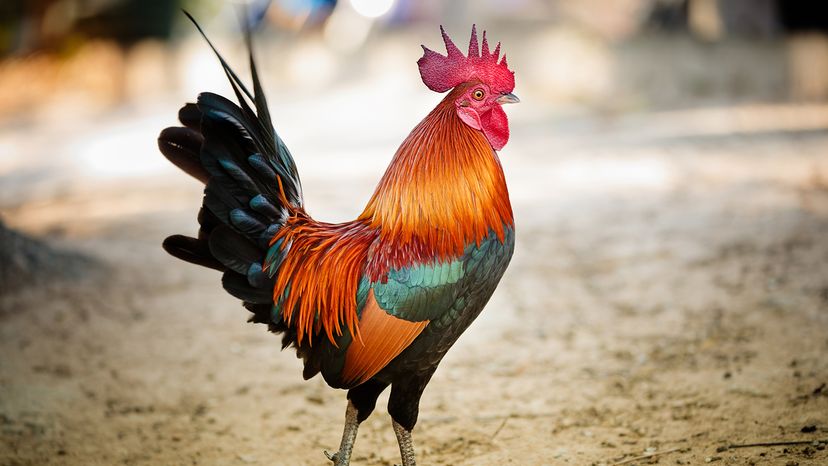A chicken's breed, genetics, hereditary diseases, environmental conditions, predator risks, diet and daily care all affect its lifespan. Proper care and nourishment can help hybrid chickens live long and healthy lives.
Chickens die from natural causes, injury or disease, but well-cared-for chickens have a much better chance of survival. On the other hand, factors such as fast growth, high production demands and poor genetics can shorten a chicken’s lifespan.
1. Genetics and Breed
Some breeds, particularly heritage or dual-purpose breeds, are known to have the longest natural lifespans due to their good genetics and adaptability. In contrast, commercial production breeds, often bred to mature early and focus on high egg production or meat yield, may have shorter lifespans due to their intensive breeding practices and genetic predispositions.
By choosing breeds with robust health traits and good genetics, poultry keepers can potentially extend their chickens' lives, ensuring they enjoy a longer, healthier existence. Certain hybrid breeds are bred for specific traits, including increased lifespan.
Landrace Chickens
Landrace chicken breeds have evolved naturally in specific geographic regions, adapting to the local environment and conditions. Unlike commercial breeds, often developed through selective breeding for specific traits, landrace chickens have developed unique characteristics based on their natural surroundings and traditional farming practices.
These breeds are typically hardier, more resilient and better suited to their local climates and conditions. Examples of landrace chicken breeds include the Swedish Landrace, known for its adaptability and good egg production, and the Icelandic chicken, recognized for its robust health and ability to thrive in harsh weather conditions.
Landrace breeds often possess a high degree of genetic diversity, which can contribute to their overall health and longevity.
2. Diet and Nutrition
As is the case for us humans, the quality of a chicken’s diet will directly impact its health and, ultimately, its lifespan. A balanced diet for optimal health includes a mix of high-quality commercial feed formulated specifically for chickens, which provides essential proteins, vitamins and minerals.
Backyard chickens benefit from a diet that incorporates grains, legumes, vegetables, and a small amount of fruit, along with access to fresh water at all times. Proper nutrition supports a strong immune system, promotes healthy growth, and improves egg production and overall vitality.
3. Living Conditions
Chickens raised in cramped or unsanitary environments may experience a shorter lifespan, due to increased stress and disease exposure. For production breeds, which are often kept in more intensive settings, the lack of space and fresh air can lead to health problems and potentially cause chickens to die prematurely.
Conversely, chickens that have access to a spacious yard and a clean, well-ventilated area tend to thrive and enjoy longer, healthier lives.
For those who keep chickens as family pets, providing optimal living conditions is essential to ensure they live their best and fullest lives. This includes outdoor chicken housing that also provides adequate protection from predators.
4. Health Care
Regular veterinary care is essential for diagnosing and treating illnesses that can otherwise shorten a chicken's life. By providing a balanced diet and timely medical attention, human intervention helps chickens develop a strong immune system.
